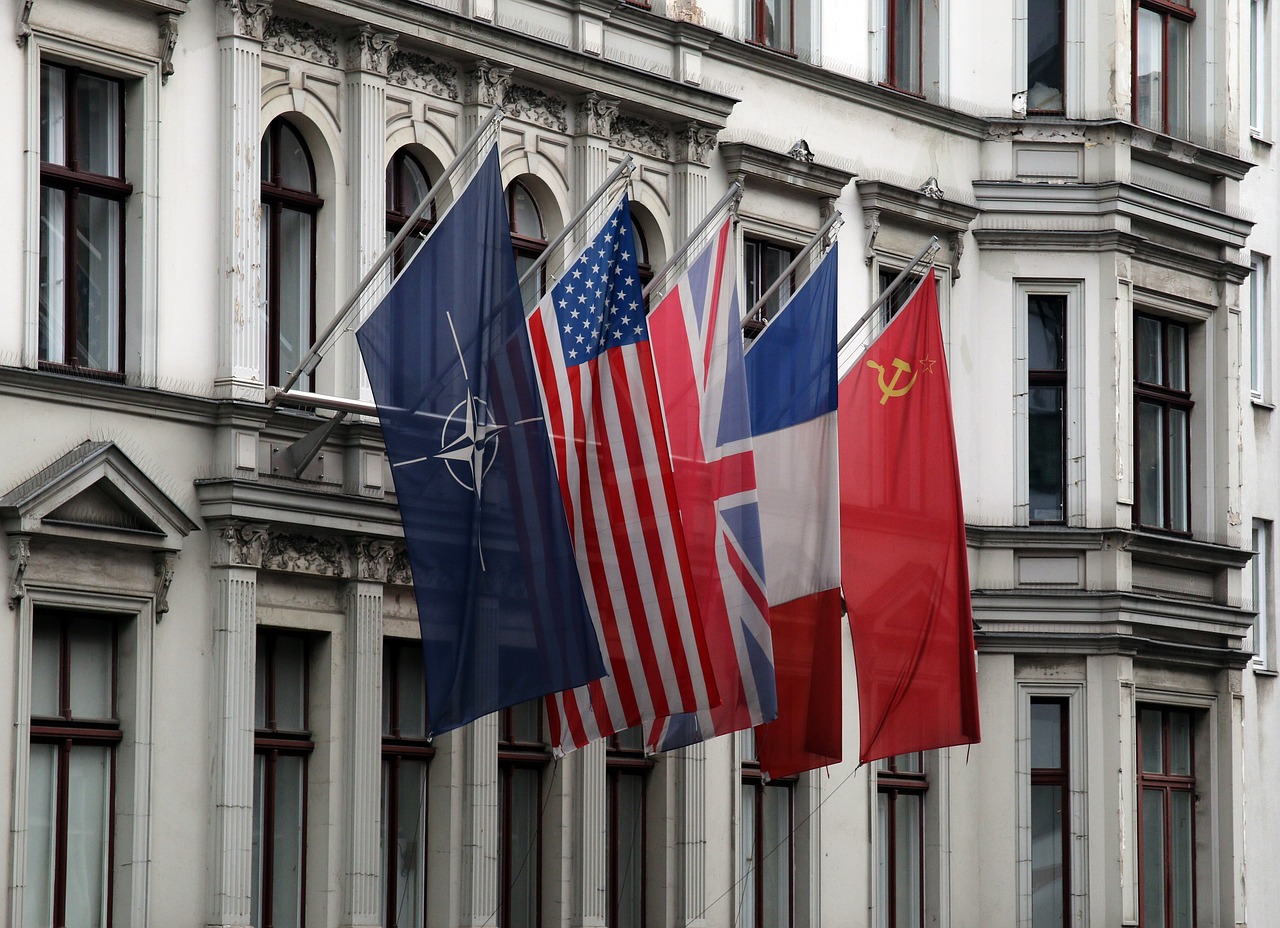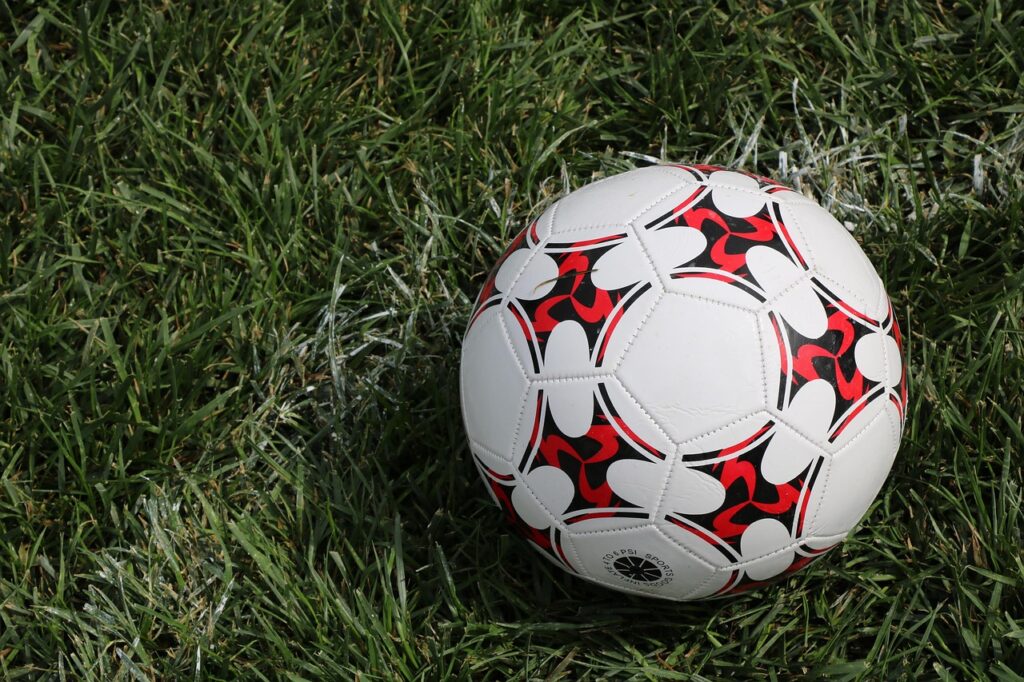The NATO-Russia relationship is a central pillar in the architecture of global geopolitics. Originating from Cold War tensions, the dynamics between the two entities have evolved, influencing the broader international security environment.
Historical Foundations
Tracing back to the roots helps understand the foundational complexities.
- The Cold War Era: NATO’s inception in 1949 was largely to counter Soviet influence in Europe, marking the beginning of decades-long strategic rivalry.
- The Fall of the Berlin Wall: The late 1980s and early 1990s signaled the end of the Cold War, raising hopes for a more collaborative NATO-Russia relationship.
The 1990s: A Period of Transition
Post-Cold War, the landscape underwent significant changes.
- NATO Expansion: The alliance expanded, incorporating several former Warsaw Pact members, sparking concerns in Moscow about encirclement.
- The Founding Act: In 1997, NATO and Russia signed the Founding Act, aiming to build mutual trust and cooperation.
21st Century: Renewed Tensions
The optimism of the 1990s gradually waned, giving way to renewed complexities.
- NATO Operations: Russia expressed concerns over NATO’s interventions, especially in Yugoslavia and later in Libya.
- Georgia and Ukraine: The Russo-Georgia war in 2008 and the Ukraine crisis in 2014 exacerbated tensions, especially with Russia’s annexation of Crimea.
Military Posturing
Strategic deployments by both sides have marked recent years.
- NATO’s Eastern Flank: The alliance has increased its military presence in Eastern Europe, citing Russian assertiveness.
- Russia’s Western Military District: Moscow has bolstered its capabilities in the region, highlighting concerns about NATO expansion.
Communication Channels
Despite tensions, dialogue remains a crucial aspect.
- The NATO-Russia Council: Established in 2002, it serves as a forum for dialogue, although its activity has been sporadic due to geopolitical events.
- Military Hotlines: Direct communication lines exist to prevent accidental escalations.
Areas of Potential Cooperation
There remain global challenges that could necessitate collaboration.
- Counterterrorism: Both NATO and Russia share concerns about extremist threats.
- Arms Control: Efforts to renew treaties like the New START indicate potential for mutual arms control endeavors.
The Future Landscape
As the global landscape changes, so will the NATO-Russia dynamics.
- China’s Rise: As NATO begins to focus on the implications of China’s ascendancy, there could be room for strategic discussions with Russia.
- Arctic Ambitions: The Arctic, rich in resources and strategic waterways, might become a focal point for both NATO and Russia.
Towards A Stable Relationship
Constructing a stable NATO-Russia relationship is crucial for global stability.
- Confidence-Building Measures: Both entities could work on measures to build trust and reduce the chances of accidental conflicts.
- Understanding Mutual Concerns: Recognizing each other’s security concerns and historical apprehensions can pave the way for constructive dialogue.
Conclusion
The NATO-Russia dynamic, rich in history and strategic implications, remains a centerpiece of international geopolitics. Navigating this relationship, with its challenges and opportunities, is essential for a stable and secure international environment.
Both NATO and Russia, with their storied pasts and envisioned futures, hold the keys to ensuring that their relationship, though marked by competition, does not devolve into confrontation. Constructive engagement remains the ideal path forward.















